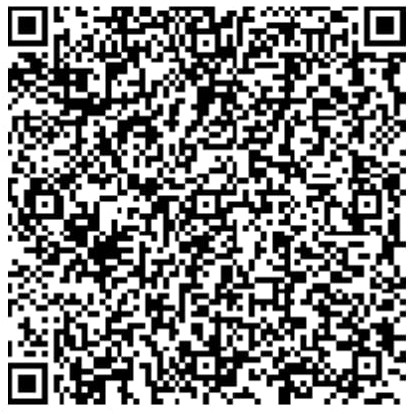On this World Homeopathy Day, celebrated in honor of Dr. Christian Friedrich Samuel Hahnemann, the founder of Homeopathy, it's the perfect occasion to reflect on the practical power of this gentle yet profound system of medicine. With over 15 years of experience in clinical practice, I can confidently say that the impact of homeopathic medicine extends far beyond textbooks. The effects are not just theoretical—they are deeply real, observed in thousands of lives transformed over time.
Understanding Homeopathy: More than just medicine
To truly grasp the depth of homeopathy, one must engage with it both academically and clinically. It’s not just about what we study, but how we apply it and witness its effects on patients. That entire process defines the efficacy of the system.
Homeopathy follows a holistic approach—it strengthens the immune system and nurtures the foundational pillars of health. A simple analogy: to keep a tree healthy, we water its roots, not just its leaves. Similarly, for lasting human health, we cannot merely treat symptoms—we must address the underlying root cause.
Unfortunately, modern healthcare often becomes mechanical: targeting one organ or symptom while ignoring the whole. But the human body functions in perfect harmony, governed by intricate biochemical balances, especially hormonal regulation. Treating only the symptoms is like polishing the leaves of a tree while its roots remain dry. Homeopathy, on the other hand, respects the body's natural intelligence, helping it heal from within.
True healing involves the whole being
Good health is not just the absence of disease. It is a dynamic state that involves:
- A balanced diet
- Proper hydration
- Restful sleep
- Adequate nutrition
- Regular physical activity
- Mental and emotional wellbeing
- Healthy eating habits
- Positive social interactions
When all these factors are aligned, the body thrives. The absence of even one makes us vulnerable to illness. In India, and many other parts of the world, people are not dying from disease—they are dying from ignorance. The human body is capable of healing itself, given the right conditions. Homeopathy awakens and supports this natural self-healing ability.
Lessons from the Pandemic
The COVID-19 pandemic was a stark reminder: it’s not just the virus, but the body's susceptibility and immunity that determine the outcome of disease. A robust, well-balanced body is far less likely to fall prey to infections or suffer complications.
Healing takes time, especially for chronic conditions
One common misconception is that homeopathy is slow. But often, patients turn to homeopathy as a last resort—after 10–20 years of suffering, when disease has become deeply rooted and complicated.
No system can undo decades of damage overnight. Yet homeopathy still offers a chance to heal—not just manage or suppress symptoms. It initiates a true process of recovery.
Homeopathy and Yoga: A perfect synergy
Combining homeopathy with yoga can be a powerful catalyst for transformation. Both work holistically. Yoga enhances digestion, absorption, and assimilation of nutrients, which directly supports immunity. It balances hormones, rejuvenates the skin, calms the nervous system, and prevents chronic inflammation—all key elements for sustained health.
Real results: Skin diseases, allergies & autoimmune disorders
In my own journey, I have witnessed homeopathic remedies work wonders in chronic skin diseases, allergies, and autoimmune disorders—cases often dismissed or poorly managed by conventional approaches. Homeopathy brings lasting relief, not just temporary suppression.
A message to budding Homeopaths and patients
To young homeopaths: This system is vast and profound. Study deeply. Stay curious. Be consistent. The journey is as rewarding as it is challenging.
To patients: Please consult qualified homeopaths. And consider making homeopathy your first choice, not your last. It is safe, effective, gentle, and offers true healing—not just symptomatic relief. Let this World Homeopathy Day be a reminder that healing is a journey—one that works best when the whole person is seen, understood, and supported.


